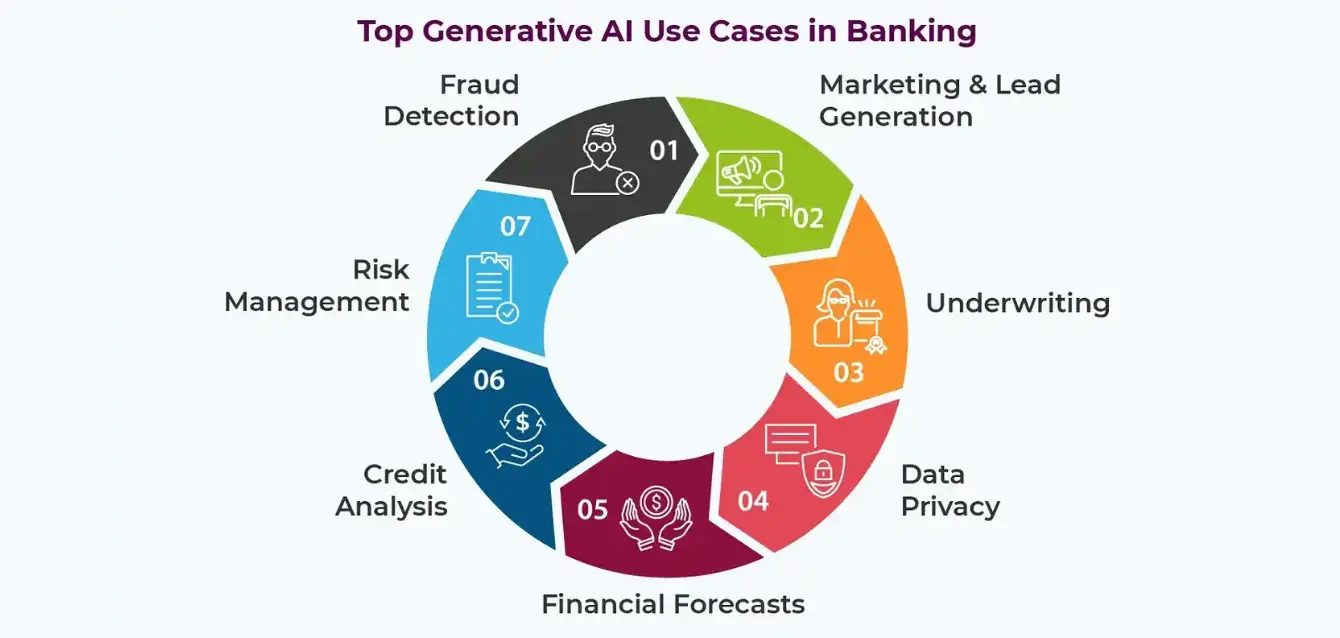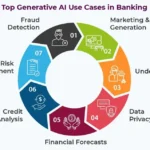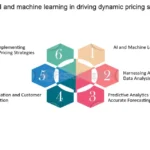What is money laundering?
Money laundering is the process of concealing the origins of money obtained through illicit activities, such as drug trafficking, fraud, or corruption, by making it appear to have come from legitimate sources. Say, A criminal organization generates large amounts of cash through illegal activities, such as drug sales or human trafficking. The organization introduces this illegally obtained cash into the financial system. It breaks up large sums into smaller amounts and deposits them into bank accounts or businesses, a process known as “smurfing.” Next, it creates a complex web of financial transactions to obscure the trail and distance the money from its illegal source. This may involve transferring funds between multiple accounts, purchasing assets, or setting up shell companies. The final step is to reintroduce the laundered money into the legitimate economy, making it appear to have come from legal sources by investing in real estate, businesses, or other assets. Note that money laundering is a serious crime and can carry severe penalties, including fines and imprisonment.
Harness the power of AI and Generative AI
Combining AI and Generative AI techniques can enhance the ability to identify potential red flags in money laundering activities. Here’s a specific approach that can be employed:
- Data Preprocessing and Feature Engineering:
- Use traditional AI techniques like natural language processing (NLP) and computer vision to extract relevant features from structured and unstructured data sources, such as transaction records, customer information, news articles, and social media data
- Engineer features that capture patterns and anomalies indicative of money laundering, such as sudden spikes in transaction volumes, frequent transfers between high-risk jurisdictions, or connections to known criminal networks.
- Unsupervised Learning and Anomaly Detection:
- Employ unsupervised learning algorithms, like clustering and outlier detection, to identify unusual or anomalous patterns in the data that may indicate potential money laundering activities.
- Use techniques like autoencoders or generative adversarial networks (GANs) to learn the distribution of normal financial transactions and flag deviations as potential anomalies.
- Generative AI for Scenario Generation:
- Leverage generative AI models, such as large language models (LLMs) or generative adversarial networks (GANs), to generate plausible scenarios or narratives that describe potential money laundering schemes.
- Train these models on historical money laundering cases, typologies, and domain-specific knowledge to generate realistic scenarios that can be used for risk assessment and red flag identification.
- Hybrid Approach: Combine AI and Generative AI
- Use the generated scenarios from generative AI models as input to traditional AI models, like decision trees or neural networks, trained on labeled data to classify transactions or activities as potentially suspicious or benign.
- Continuously update and retrain the AI models with new data and scenarios generated by the generative AI models to improve their ability to detect evolving money laundering techniques.
- Human-in-the-Loop and Explainable AI:
- Incorporate human expertise and domain knowledge into the process by allowing analysts to review and validate the identified red flags and scenarios.
- Develop explainable AI techniques that can provide interpretable explanations for the model’s decisions, enabling analysts to understand the reasoning behind potential red flag identifications.
- Continuous Monitoring and Feedback Loop:
- Implement a feedback loop where analysts’ inputs and confirmed cases of money laundering are used to refine and retrain the AI and generative AI models, improving their accuracy and adaptability over time.
In summary,
AI and machine learning models can assist in identifying potential money laundering patterns and suspicious transactions; they cannot solely detect and confirm money laundering cases. Here are some reasons why:
- Lack of complete data: AI models rely on training data to learn patterns and make predictions. However, money laundering techniques are constantly evolving, and criminals may use novel methods that are not represented in the training data, making it difficult for AI models to detect them accurately.
- Context and human expertise: Money laundering often involves complex financial transactions and intricate networks of individuals and entities. AI models may struggle to understand the broader context and nuances involved, which require human expertise and investigation
- False positives and false negatives: AI models can generate false positives (flagging legitimate transactions as suspicious) or false negatives (missing actual money laundering activities), leading to ineffective detection and potential legal or compliance issues.
- Regulatory requirements: Anti-money laundering (AML) regulations and laws often require human oversight, investigation, and reporting of suspicious activities. AI models cannot replace the need for human expertise and judgment in these processes.
By combining traditional AI techniques with generative AI models and incorporating human expertise, this approach can enhance the ability to identify potential red flags in money laundering activities while adapting to evolving techniques and maintaining interpretability and regulatory compliance.







